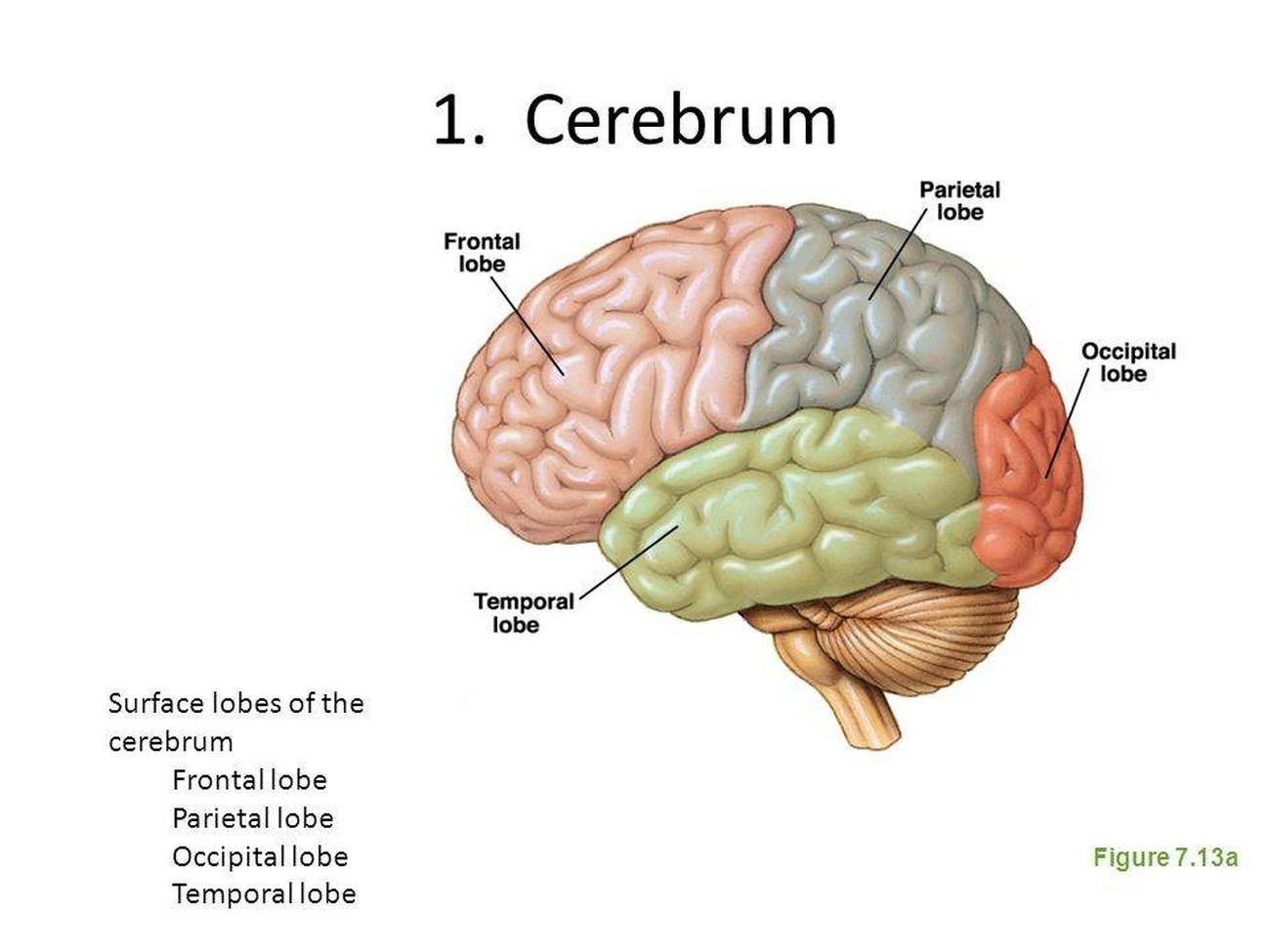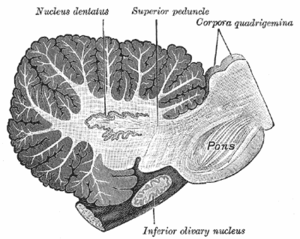BRAIN ANATOMY
Brain Anatomy and Function
The central nervous system (CNS) includes the brain and the spinal cord. The CNS is protected by bones and the meninges (the dura mater, arachnoid and pia mater). There are 86 main nerves branching off from the CNS – 12 pairs of cranial nerves that branch off from the brain and 31 pairs of spinal nerves that branch off from the spinal cord.
The brain, which is housed in and protected by the bones of the skull, makes up all parts of the central nervous system above the spinal cord. A human brain can weigh up to 3 pounds and is one of the largest organs of the body. Like the spinal cord, the brain is made of mainly gray matter and white matter arranged in distinct layers.
Parts of the Brain
The brain consists of the:
- cerebrum
- cerebellum
- brain stem
- diencephalon (thalamus and hypothalamus)
- limbic system
- reticular activating system
The brain
can be divided into two major parts: the lower brain stem and the higher forebrain.
The brain stem sits above the spinal cord and has many connections between them. The brain stem, the most primitive part of the brain, is made up of the medulla, pons, cerebellum, midbrain, hypothalamus and thalamus. The cerebral cortex, limbic system and basal ganglia make up the forebrain. The forebrain deals with homeostasis, emotions and conscious actions.
The cerebrum
The largest part of the brain and is part of the forebrain. It houses the nerve center that controls sensory, motor activities and intelligence. The outer layer, the cerebral cortex, is made of nerve fibers called gray matter. The inner layer is made of a different type of nerve fibers called white matter.
The basal ganglia is found in the white matter. The cerebrum is divided in to left and right hemispheres. The left half controls the right side of the body and the right half controls the left side of the body. A mass of nerve fibers known as the corpus callosum connects the two hemispheres and allows communication between the two.
The cerebral cortex is the outer layer of the brain, called gray matter. It is where our conscious thoughts and actions take place. Many of the signals our brain receives from our senses are registered in the cerebral cortex.
The cerebellum
The second largest region of the brain. It is located behind and below the cerebrum and at the back of the brain stem and attached to the midbrain. It has two hemispheres and an outer cortex of gray matter and an inner core of white matter. The cerebellum is involved in movement and coordination, walking, posture, reflexes, eye and head movement. It coordinates subconscious movements such as balance and coordinated movement. The cerebellum is constantly receiving updates about the body’s position and movement. It also sends instructions to our muscles that adjust our posture and keep our body moving smoothly.
The brain is the control center of the body and contains billions of nerve cells. The brain stem lies just below the cerebrum and in front of the cerebellum. It continues from the cerebrum above and connects to the spinal cord below.
Left and Right Hemispheres
The forebrain consists of two almost symmetrical cerebral hemispheres made up of the cerebral cortex, the basal ganglia and the limbic system. The two hemispheres are divided by the longitudinal cerebral fissure and connected by a massive bundle of fibers called the corpus callosum. The surface of the two hemispheres is covered by a large, but thin layer of nerve cells called gray matter. Because of the area size of the gray matter, fitting it into the skull causes folds. These nerve fibers are highly developed and able to analyze both motor and sensory information.
The left and right hemispheres may look the same, but each side functions differently. Speech and language, reasoning and analysis, and certain communications are on the left side for most people. The left side of the brain sends and receives information to the right side of the body including the right hand. The right hemisphere is concerned with sensory input, auditory and visual awareness, creative abilities, and spatial-temporal awareness—that is what is happening around us moment by moment. The right brain controls the left side of the body.
Each of the cerebral hemispheres is divided into four lobes and are name for the cranial (skull) bones that lie over them:
- The frontal lobe extends from the tip of the front of the hemisphere to the central sulcus. The back areas of the frontal lobe specialize in motor functions, including language and voluntary movement; the front areas are involved in learning, planning and other higher psychological processes like our personality and behavior.
- The occipital lobe is at the back of the hemisphere and is involved in interpreting visual stimuli, that is, what we see.
- The parietal lobes are at the top and outside areas between the occipital lobe and the frontal lobe and is involved in sensory functions of the skin including pain, temperature, and touch. It also interprets size, shape, distance, vibrations and texture. Other areas are also important in cognitive and intellectual processes.
- The temporal lobe controls the hearing centers, language comprehension, storing and recalling memories and related areas including some speech centers. Other areas of the brain also affect memory. The front and bottom areas of the temporal lobe are involved in smell and functions of the limbic system.





Comentarios
Publicar un comentario